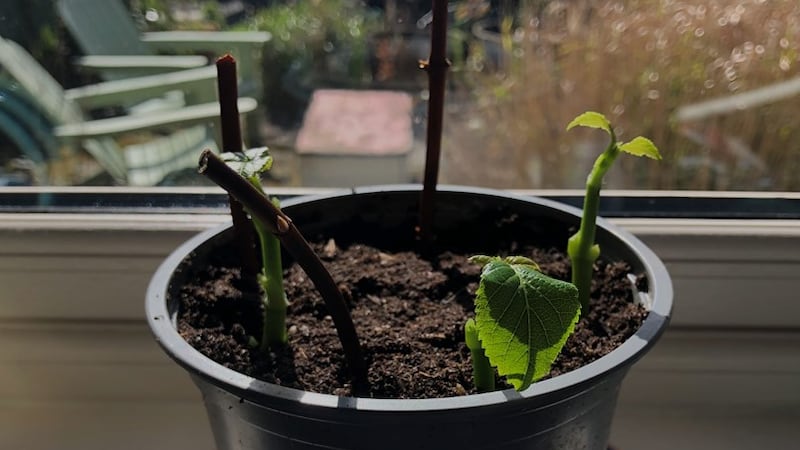Controlling pests naturally and attracting wildlife into your garden are two sides of the same coin, writes John Manley
THROUGHOUT much of its history gardening has been about taming and controlling nature. Manicured lawns, finely clipped hedges and symmetrical landscaping was traditionally how the majority of people characterised a garden -- if it wasn't neat and well maintained it wasn't a garden, it was a wilderness.
In the second half of the 20th century, the gardener's belief in the subjugation of nature was successfully exploited by big chemical companies like Bayer and monsanto who convinced several generations that the secret of a good healthy garden could be found on the shelves of a hardware store or latterly along the aisles of a huge out-of-town DIY warehouse or garden centre.
Increasingly, however, we've come to realise that rather than bringing our gardens to life, pest controls and weedkillers turned them into wastelands. Instead of embracing chemicals as our naive forebears did, we now appreciate the value of creating a balanced, sustainable garden ecology. Adopting an environmentally friendly approach will make your garden healthier and less susceptible to pests and diseases. Encourage wildlife into your garden and natural predators like frogs, hedgehogs, beetles and birds will keep those unwanted guests under control. Using the quick-fix off-the-shelf solution is treating the symptom rather than the problem itself, which in the garden can usually be traced back to an imbalance somewhere. As well as helping your own immediate space you and thousands of gardeners like you will help create habitats that will sustain a surprising amount of wildlife. These sanctuaries -- both rural and urban -- are becoming increasingly important in the 21st century due to the reduction in natural habitats. Modern agriculture has caused major changes to the Irish landscape, robbing it of biodiversity by imposing monoculture on the places our insects, birds and mammals have congregated for millennia. The natural approach works best if you consistently apply it to every element of your garden, from design and planting through to maintenance.
For example, a large expanse of lawn bordered by tarmac on one said and a Leylandii hedge on the other is the wildlife equivalent of a desert. The only visitors you're likely to get are a flock of starlings, who'll probably disperse quickly when they realise the nitrogen-rich grass fertiliser has killed off all the worms. However, a wildflower meadow or borders with plenty of insect friendly flowers, surrounded by shrubs or even a small native woodland will prove a mecca for wildlife -- especially if you add a pond.
It's said that creating a pond is the single most effective thing you can do to attract wildlife into your garden.
It doesn't have to be the size of Lough neagh and even a half barrel or old sink will suffice. Plant it up with marginals and oxygenators and watch the damselflies, birds and frogs appear from nowhere. Other features you can add to boost biodiversity include log piles, margins of long grass, bird boxes and dry stone walls. or if you have children, why not help them build a bug hotel from timber, bricks and the dried hollow stalks of last year's plants?
Being less tidy will also encourage more creatures into the garden.
For instance, let leaves lie on the ground and don't be in a hurry to tidy your beds and borders after summer. The more daring among you may even allow some nettles to flourish. Not only do these much maligned plants attract butterflies, they can also be a source of cheap, organic liquid fertiliser, when rotted down in water for a few weeks.
Being a wildlife gardener doesn't mean your garden need look ugly and neglected. As horticultural practices have changed over recent decades so too have tastes, so the wild look is no longer the reserve of a few eccentric William robinson acolytes. Mimicking nature in your planting will make things look more... erm... natural, like they belong.


